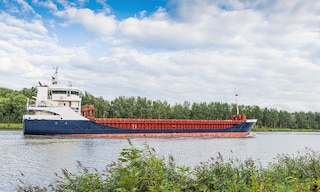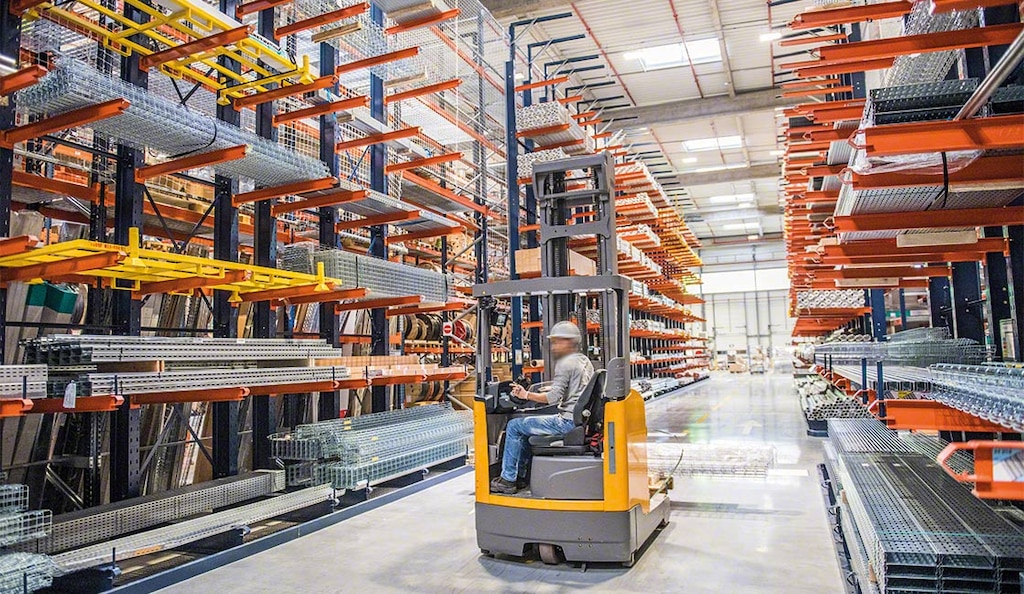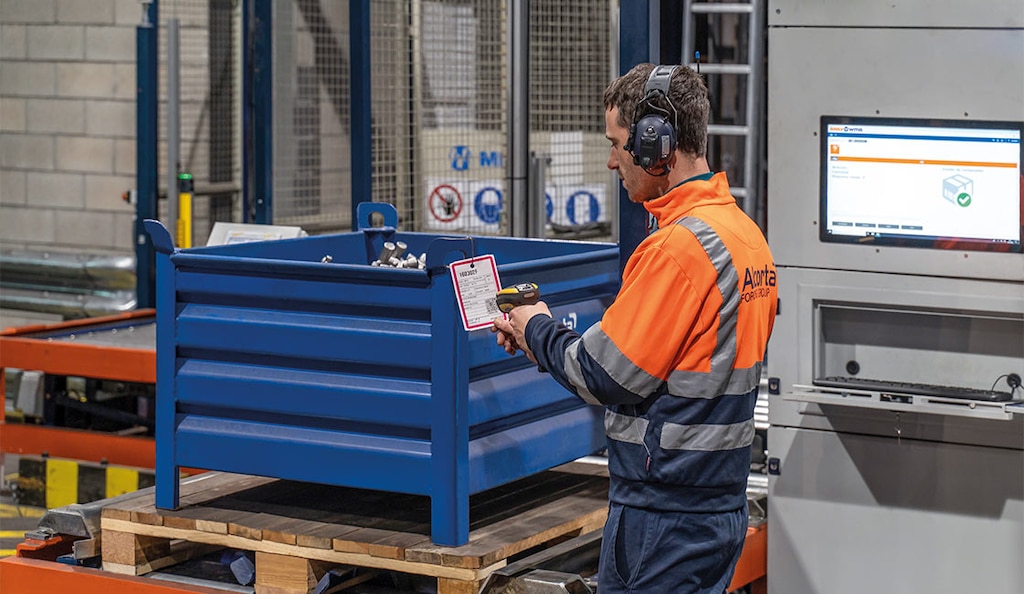
River transport: a go-with-the-flow solution for all kinds of goods
River transportation came about in the Neolithic age. During this period, plant cultivation and livestock development led to the first agricultural surpluses. Soon, trade in textiles, yarns, and pottery began to thrive through rivers connecting different cultures and settlements.
This mode of transportation remains an essential link in goods management in certain areas. A case in point is the construction of the Panama Canal. This infrastructure project is an artificial 51-mile waterway in Panama that connects the Atlantic Ocean with the Pacific Ocean and is a conduit for maritime trade.
What is river transportation?
River transport consists of the movement of people and objects along rivers, canals, or similar waterways. It can serve commercial, recreational, or military purposes and becomes maritime when it reaches oceans or lakes through channels or rivers.
In the past, the boom in river transport contributed to the development of the Industrial Revolution as a cost-effective means of distributing goods. Today, large barges can transport the equivalent of 220 trucks in a single trip, considerably reducing heavy road traffic, as seen with projects like the Panama Canal.
Advantages and disadvantages of river transportation
One of the major benefits of river shipping is its low cost compared to land alternatives. The cost of moving a ton per mile on waterways is more economical than rail or road transportation. Plus, river transport isn’t affected by road congestion, making it less susceptible to delivery delays.
Another plus point of transporting freight by barge or ship is safety. The accident rate on water vessels is very low, and in the event of mishaps, damages are typically minor. This is a factor to consider, especially when dealing with hazardous materials.
The lower environmental impact of river transport is another positive aspect due to its reduced emission rates and fuel consumption. This has improved in recent years, partly thanks to initiatives by organizations like the US Departments of Energy and Transportation, the EPA, and HUD. Measures include the US maritime decarbonization strategy, which identifies the pathways for decarbonization of the domestic maritime sector.
One downside to river shipping is its sensitivity to drought conditions in certain regions. Insufficient rainfall has already affected the Amazon, causing some boats to run aground downstream. Instances of stranded ships have also occurred outside the Panama Canal.
Types of river transport
Cargo via river transportation began to be containerized and standardized in the 1970s. Nowadays, companies also use crates, cases, pallets, and barrels to distribute products.
Below are types of vessels that navigate rivers and canals. We’ve divided them into 2 categories: larger vessels, suitable for multiple demands, and simpler boats for smaller loads
Primary river transportation vessels
This category comprises larger ships.
- Bulk carriers. These vessels are designed for bulk transport and have large hatches on their decks They’re used for freight such as minerals and basic foods like rice or grain.
- Container ships. These are generally equipped with diesel engines and large crews of about 10 to 40 people. They’re easily recognizable by the accumulation of containers on their stern, above the engine room. They became popular after World War II and currently transport most of the world’s dry cargo.
- Multi-purpose vessels. These offer maximum flexibility by carrying containers and grains simultaneously. They have large open holds for loading various products on the same voyage.
- Roll-on/roll-off (ro-ro) ships. Ro-ro ships are designed to distribute wheeled vehicles like cars, trailers, or rail cars. They incorporate ramps for loading.
- Tankers. These are ideal for transporting fluids, such as petroleum products or liquefied natural gas. They’re also employed in distributing vegetable oils and certain chemicals. Ships supplying fuel to others are known as oilers or replenishment tankers.

Primary river transportation vessels
These are employed to move smaller loads and fewer passengers.
- Barges. These flat-bottomed boats are designed for the river transport of heavy goods. They generally require towboats for propulsion. Barges were extremely useful during the First Industrial Revolution in Europe and the northeastern US, facilitating the establishment of railways.
- Cable layers. These boats are employed to lay underwater cables for telecommunications, electricity, and military purposes, among others. They can hold hundreds of tons of cable and are often equipped with high-precision devices for handling cables on the seabed.
- Coastal trading vessels. Also known as coasters, these boats are used for trade within the same island or continent. They’re normally small and shallow-draft.
- Dredgers. These vessels dig in shallow areas, collecting sediment from the riverbed and transporting it elsewhere.
In addition to these vessels, there are others, such as open-hatch bulk carriers — optimal for transporting forest products or containers — and semi-submersible heavy-lift ships. The latter move especially voluminous products like ship hulls, construction materials, power plant components, molten steel, and even seagoing vessels.

Containers and intermodal transportation
Intermodal transportation involves sending a load from its origin to its destination by combining various modes of transport without the need to handle the cargo during the process. River transportation is part of this option, thanks to its ability to move containers: since they’re standardized, they can be loaded onto vehicles that travel by land, sea, or air.
The use of waterways is becoming increasingly relevant globally. This is particularly true in the US, which has a vast network of around 25,000 miles of navigable waters. Intermodal transportation is also more popular thanks to technological advances that foster product traceability throughout the journey.
Maintaining visibility across different links in the supply chain is vital for efficient operations. To that end, warehouse management systems (WMSs) like Interlake Mecalux’s Easy WMS facilitate decision-making for logistics managers and control stock in real time. Are you looking to gain end-to-end visibility of your products and enhance your supply chain? Interlake Mecalux offers the best tools to consolidate and manage your company’s growth. Contact us for more information on how Easy WMS and other solutions can enhance your business.
